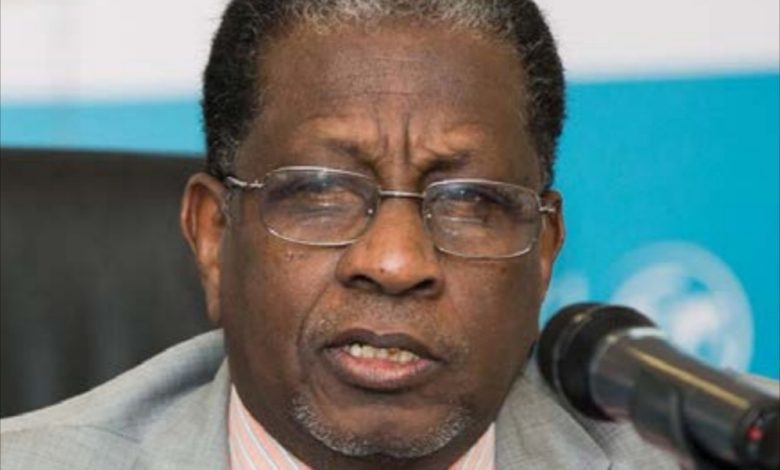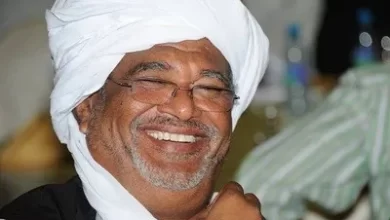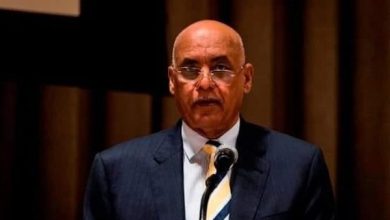Ethnic Identities in Sudan: A Return to Roots or a Leap into the Unknown? (1)

Dr Tajni Abdalgadr
Two years after Sudan’s revolution, no new ideas or alternative organizations representing the revolutionary state have emerged on the political scene. Excluding the protest actions by some of the revolutionary youth and the media noise created by the three leftist parties (the Communist, Ba’ath, and Nasserite), the most active political movement recently has come from armed movement leaders on one hand and tribal leaders on the other. For instance, you might read in the newspapers a statement signed by the “Coordination of the Kawahla Tribe” calling for the immediate release of detainees from their tribe and threatening to cut off the oil pipeline that runs through their lands. You might hear about citizens of Geneina expelling the governor from the government headquarters or read about a sit-in by the Ja’alin tribe in protest of their leader’s arrest, with support from the Batahin, Kawahla, Ababda, and Bishari tribes. There are also voices calling for self-determination for the eastern region, with delegations from Sinkat and the Red Sea tribes protesting the defamation of their leader, Mohamed Tahir Ayla. The Beja tribes in Sinkat have staged sit-ins on the national road linking Khartoum to Port Sudan, demanding the appointment of a new governor.
Other accounts speak of tribes forming militias with camps in the nation’s capital, side by side with the national government’s forces. This raises the question: What has awakened these tribal tendencies and led large sectors of the population to reconsider their identities? In what direction is this trend heading? Does it represent a loss of all efforts towards national unity, or could it be a form of social capital that falls under the category of positive popular participation, holding the transitional government accountable and pushing it towards democratic transformation?
Who are the leaders of this movement? Are they true sheikhs working to serve their tribes’ interests, or are they party leaders seeking stepping stones to political power?
In this article, we aim to answer some of these questions by examining the nature of this phenomenon, identifying its causes, and considering the potential outcomes. There are, of course, apparent reasons, but there are also hidden ones. Starting with the visible, one could say that the previous regime “manufactured” the tribal card and tried to exploit it for political and military purposes (as in the case of Darfur). However, it is also evident that this “manufactured card” became one of the key factors leading to the regime’s downfall. This prompts the question: If the tribe was merely a temporary security fabrication, why did it not disappear with the fall of the regime that created it? Why has it become a significant player in the transitional period?
The answer cannot, of course, be pinned down to a single decisive factor, but two possible factors can be highlighted. The first is the search for new political legitimacy. With the fall of the National Salvation regime, the banning of the National Congress Party, the arrest of Islamist leaders, and the dismantling of their institutions—alongside the diminished role of major party leaders (especially after the passing of Imam Al-Sadiq and Mr. Al-Mirghani)—a leadership and organizational vacuum emerged, widening the circle of “political emptiness.” This void was filled by the leftist triad (Nasserites, Ba’athists, and Communists) on one side, and armed movements on the other. For those who were neither part of the armed factions nor the leftist factions, their only options were either protests or a return to traditional social identities.
The second factor relates to the weakness of the transitional government, reflected in the dysfunction of the justice system, the breakdown of security and social order, economic hardship, the proliferation of weapons, and the spread of crime. Many people found themselves vulnerable and at risk, prompting a large number to return to their traditional social identities (tribes and Sufi orders) as the last bastion of defense for their lives and property, and to regain a sense of belonging.



